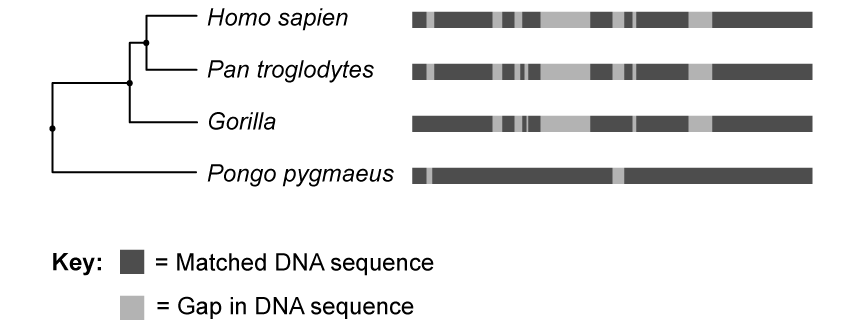All living organisms show the same seven characteristics. These are listed below, along with their definitions. Match the characteristics and definitions by drawing lines between them on the diagram below.
One has been done for you.

Viruses are not classified as living organisms.
Suggest two characteristics of living organisms that viruses do not carry out.
A student was investigating the growth of plants and their sensitivity to changes in light intensity.
Table 1 shows their results.
Calculate the mean growth of the plants at a light intensity of 20 arbitrary units.
Table 1
| light intensity / arbitrary units | growth of plants / cm | mean growth / cm | ||
| 10 | 3.2 | 3.3 | 3.1 | 3.2 |
| 20 | 4.8 | 4.5 | 4.5 | |
| 30 | 5.3 | 5.5 | 5.2 | 5.3 |
| 40 | 6.4 | 6.3 | 6.6 | 6.4 |
Did this page help you?





















